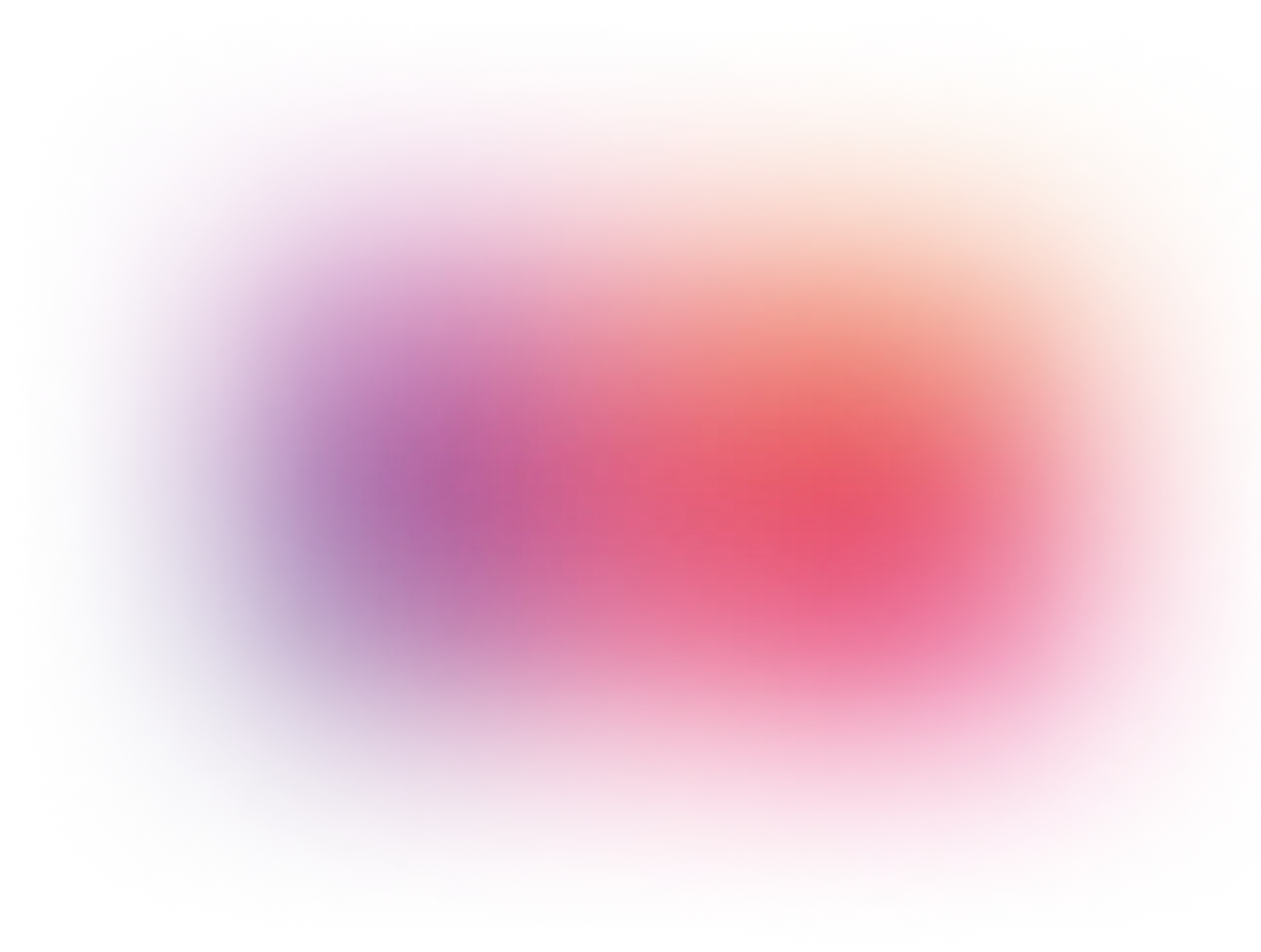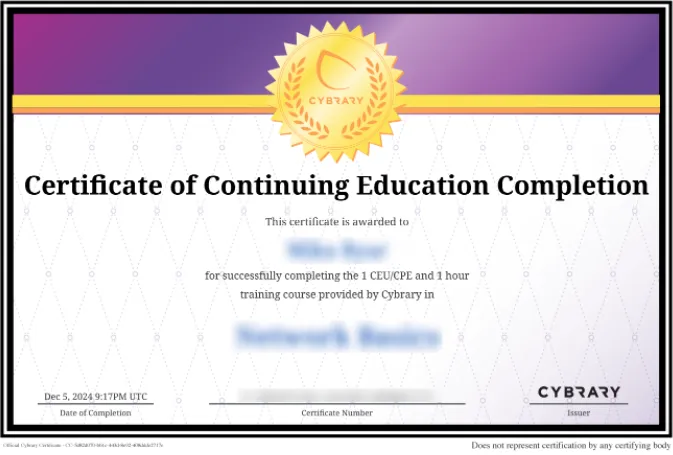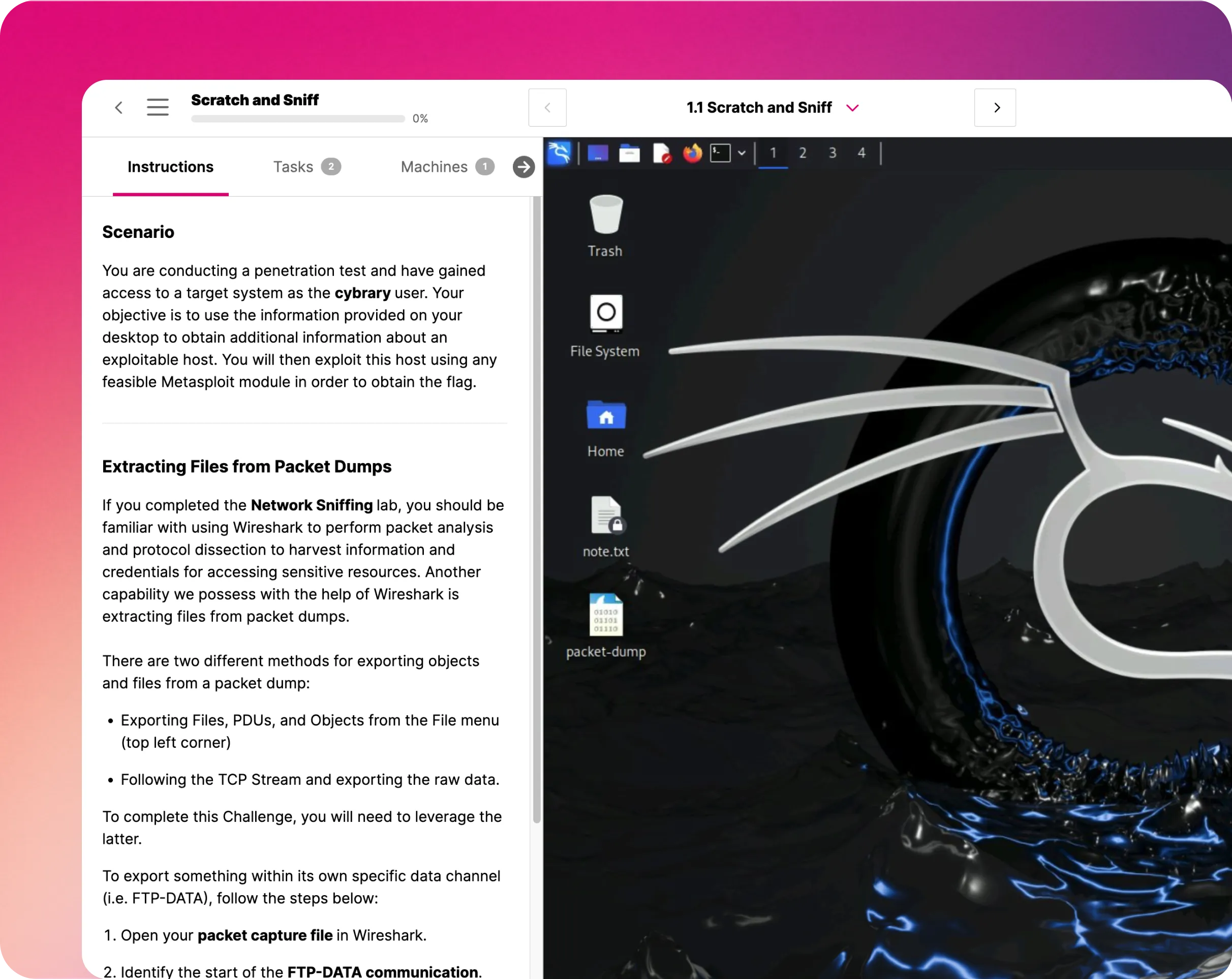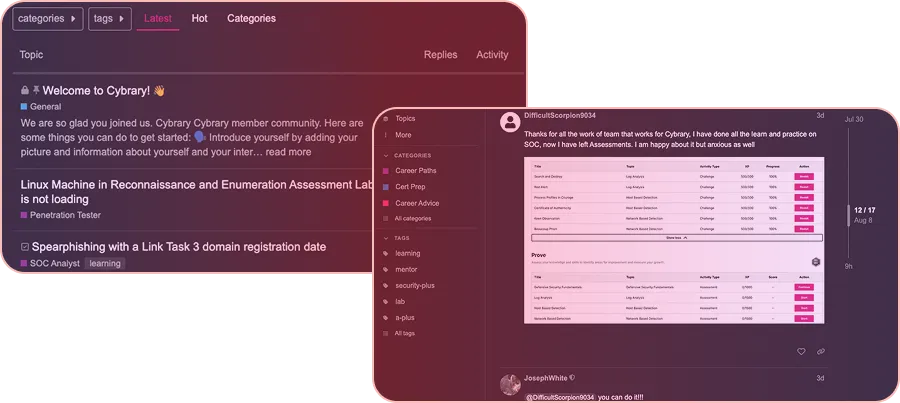DFIR Operator Series: Windows Forensics 101

Course Content
Created for learners to be able to analyze and triage Windows systems (including specific artifacts and indicators of compromise) and review Operating Systems at a detailed level. This course allows learners a chance to applying critical thinking to various steps of forensics investigations (of Windows based systems) and communicate those findings to stakeholders and executive leadership.


































